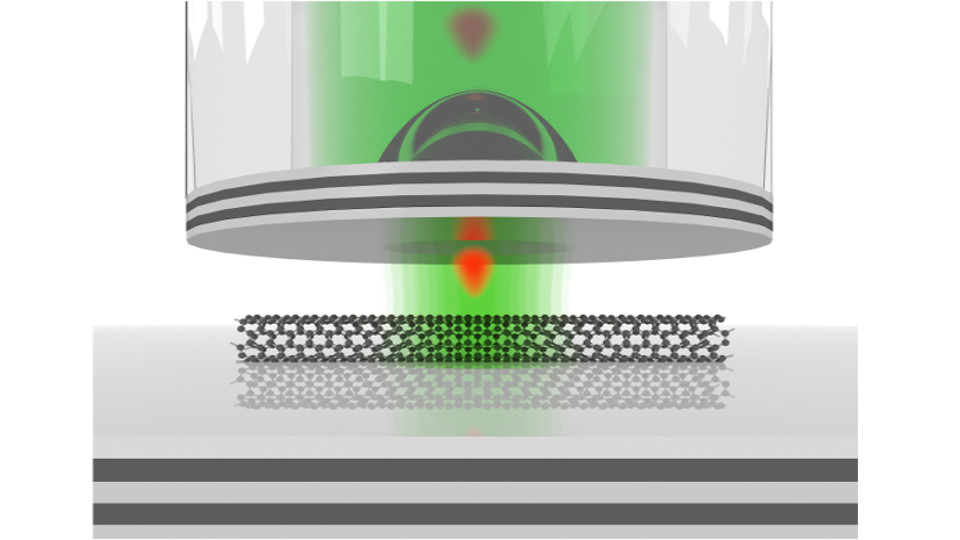
Laboratoire Pierre Aigrain
Présentation
Le Laboratoire Pierre Aigrain (LPA) est concerné par divers aspects fondamentaux de la nano-physique : boîtes quantiques et microcavités de semiconducteurs, structures conductrices mésoscopiques, films minces supraconducteurs, molécules uniques carbonées (nanotubes) ou biologiques (ADN). Il étudie d’un point de vue expérimental et théorique ces nano-objets dont les possibilités d’application couvrent des domaines aussi diversifiés que l’optoélectronique, l’information quantique, l’électronique moléculaire, la reconnaissance électronique des molécules biologiques. Il travaille en particulier grâce à un réseau de collaborations nationales et internationales (CNRS/CRHEA Valbonne, CEA/CNRS Grenoble, CEA/Saclay, Universités d’Orsay, de Tokyo, de Californie à Santa Barbara, Institut Pasteur, Département de biologie de l’ENS, Max-Planck Institüt, LCR-Thalès, Alcatel, Motorola), sans oublier son partenaire privilégié, le Laboratoire de Photonique et Nanostructures de Marcoussis.
Les techniques expérimentales sont celles de la spectroscopie optique classique ou laser, linéaire ou non linéaire, des mesures de transport électrique en régime continu ou radiofréquence, des mesures de force à l’échelle du piconewton. S’y ajoute une importante activité théorique.
Le Laboratoire compte une soixantaine de personnes: chercheurs, enseignant-chercheurs, ingénieurs et techniciens, doctorants, post-doctorants. Il est divisé en six équipes expérimentales auxquelles s’ajoutent l’équipe théorique, une équipe d'instrumentation et un service administratif. Il participe activement aux activités d'enseignement de l'ENS et des universités Paris Diderot et Paris 6.
Jean-Marc Berroir
Thèmes de recherche
-
Biophysique
- Physique du vivant : Moteurs moléculaires et interactions ADN-protéines à l'échelle de la molécule unique: mesures de force par piège optique et pince magnétique
- Physique de l'ADN : Approches physiques de la biologie moléculaire: manipulation de molécules uniques, mesures de force par pièges optiques et mesures électroniques
-
Propriété électronique des nano-objets
- Optique cohérente et non-linéaire : Nouveaux Matériaux et microcavités, Propriétés opto-électroniques des hétérostructures
- Infra-rouge lointain : Magnétospectroscopie des nanostructures dans l'infrarouge lointain
-
Théorie
- Propriétés électroniques des nano-objets
- Systèmes fortement corrélés et mésoscopiques : effet Hall quantique fractionnaire, liquides de Luttinger, magnétisme en basses dimensions
-
Physique Mésoscopique - Transport
- Physique Mésoscopique : transport mésoscopique hyperfréquence, transport électronique à l'échelle atomique
- Transport : Dynamique du paramètre d'ordre supraconducteur et des vortex
Autres contacts
Ecole Normale Supérieure (Paris-Ulm)
Bâtiment de Physique
1er étage - pièces D17-D13
24, rue Lhomond
75205 PARIS CEDEX 13
